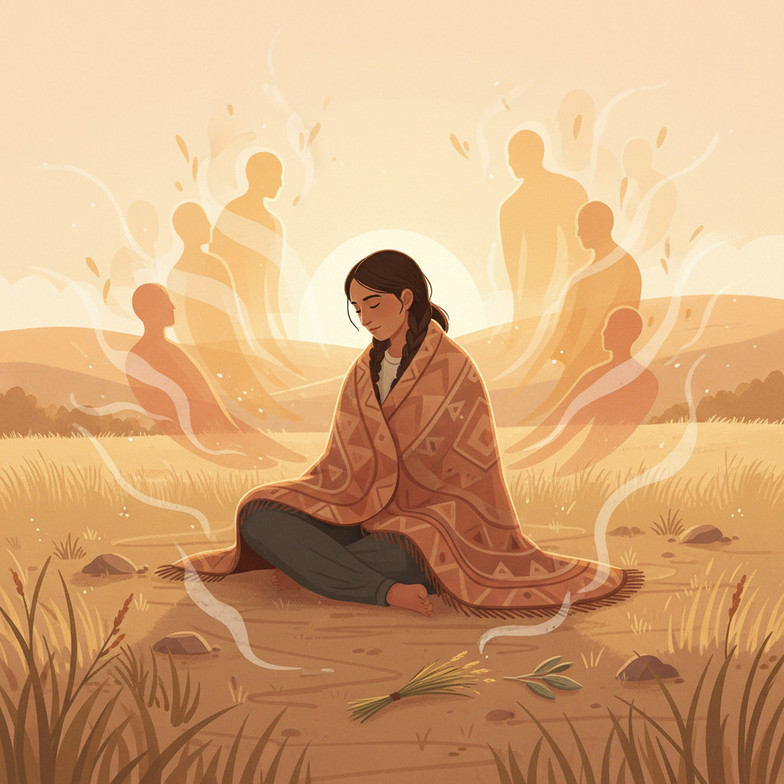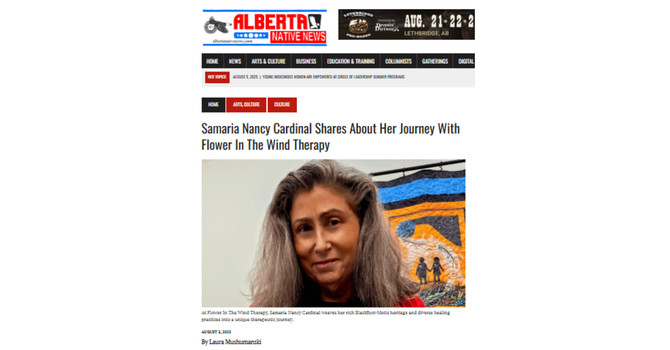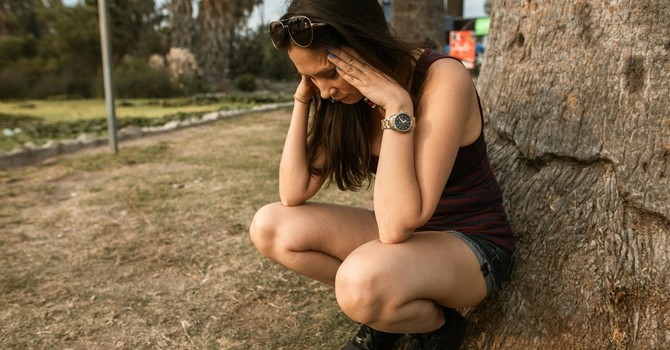
When you’re living with trauma, racism, and the ongoing impacts of colonialism, there can be moments when everything feels too heavy. Many Indigenous people I work with have had harmful experiences when they reached out for help in the past. They were dismissed, over‑policed, or not believed. So it makes sense if you wonder:
“If I work with you, what actually happens if I’m in crisis?”
In this blog, I want to walk you through what crisis support can look like in my practice, Flower In The Wind Therapy, so you can make informed choices and feel as safe as possible.
Crisis looks different for everyone
Crisis doesn’t always mean you are about to die or hurt someone. It can also mean:
- You feel completely overwhelmed and can’t see a way forward.
- Old trauma has been activated, and you feel out of control.
- You’re having thoughts of not wanting to be here anymore.
- You are using substances in ways that scare you.
However crisis shows up for you, your experience is real and deserves care.
If you are in immediate danger
If you are in immediate danger of harming yourself or someone else, or you cannot stay safe, the fastest way to get help is still:
- Calling 911 or your local emergency number, or
- Go to the nearest emergency room if you can do so safely.
I know that for many Indigenous people, these systems have caused harm. If we are in contact during a crisis and emergency services are needed, I will do my best to:
- Name your Indigenous identity and ask for trauma‑informed support.
- Stay on the phone or online with you, offering grounding, prayer, or teachings if that feels right for you.
If you are in crisis but not in immediate danger
If you are in crisis but not in immediate danger, and we already work together, you can reach out to me through the agreed-upon methods.
When you contact me, I will:
- Acknowledge your courage in reaching out.
- Ask some direct but gentle questions to understand your safety.
- Work with you to decide what kind of support you need right now.
Sometimes that might mean:
- Scheduling a session as soon as possible.
- Creating a short‑term safety plan for the next 24 hours.
- Identifying people in your life who can be with you.
Bringing in Indigenous teachings and community
Because my work is grounded in Indigenous teachings, we may bring in:
- Smudging with sweetgrass, sage, or cedar.
- Short prayers, songs, or calling on ancestors and helpers.
- Teachings to guide us toward wisdom, courage, and love.
We may also, with your consent, involve:
- An Elder or knowledge keeper.
- A trusted family member or friend.
- Community resources that feel safe to you.
You are never required to participate in ceremony. If you are not Indigenous, or if ceremony doesn’t feel right for you, we will use other grounding and therapeutic tools.
When I may need to involve emergency services
As a registered social worker/therapist, I have a legal and ethical duty to act when there is an imminent risk of serious harm. That means that in some situations, I may need to:
- Contact emergency services, and/or
- Contact a trusted support person you have identified.
If that happens, I will:
- Explain what I am doing and why, as clearly as I can





